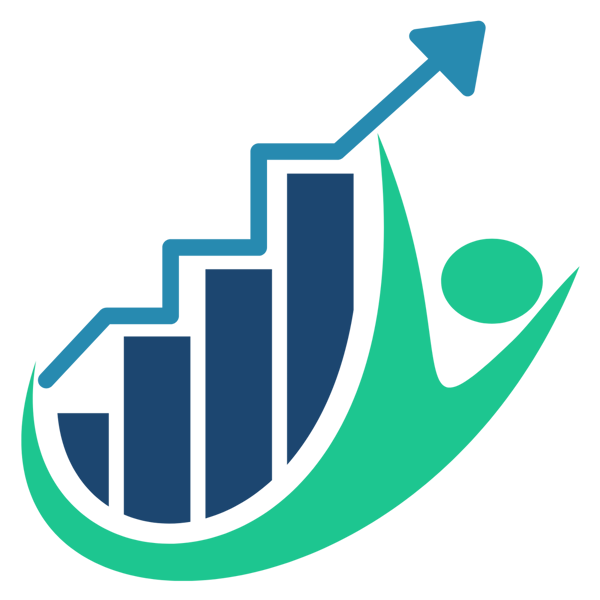The Impact of Automotive Industry Demand on Platinum Prices
Platinum, a rare and precious metal, has long been sought after for its various industrial and investment applications. While it is widely used in jewelry and the production of catalytic converters, it is the automotive industry that has the most significant impact on platinum prices. In this article, we will explore the relationship between automotive industry demand and platinum prices, highlighting the key factors that influence this dynamic.
1. The Role of Platinum in the Automotive Industry
Platinum plays a vital role in the automotive industry, primarily in the production of catalytic converters. These devices are a crucial component of a vehicle’s exhaust system as they help reduce harmful emissions. Platinum acts as a catalyst, facilitating the conversion of harmful pollutants into less harmful substances. With stringent emission regulations in place globally, the demand for catalytic converters, and subsequently platinum, remains high.
2. Global Automotive Production and Platinum Demand
The demand for platinum is closely tied to the overall health and growth of the global automotive industry. As countries experience economic prosperity and increased consumer spending power, the demand for vehicles rises. This, in turn, leads to higher production rates, resulting in a greater need for platinum in the manufacturing of catalytic converters. Therefore, any fluctuations in automotive production can impact platinum prices.
3. Technological Advances and Platinum Usage
Advancements in automotive technology, such as the rise of electric vehicles (EVs), also influence platinum prices. While EVs do not require traditional catalytic converters, they often utilize platinum in their fuel cells, which generate electricity to power the vehicle. As the demand for EVs continues to rise, so does the demand for platinum, albeit in a different capacity.
4. Supply and Demand Dynamics
Like any other commodity, platinum prices are subject to the forces of supply and demand. When the demand for platinum surpasses its available supply, prices tend to rise. Conversely, when supply outstrips demand, prices may decline. The level of automotive industry demand directly affects the overall demand for platinum, making it a crucial factor in determining its prices.
5. Geopolitical Factors and Platinum Prices
Political instability, labor strikes, and supply chain disruptions in major platinum-producing countries can also impact its prices. South Africa, Russia, and Zimbabwe are the leading producers of platinum globally. Any disruptions in these countries’ mining operations can significantly affect the availability of platinum, leading to price fluctuations.
6. Economic Conditions and Investor Sentiment
Platinum prices are also influenced by broader economic conditions and investor sentiment. During periods of economic uncertainty, investors often turn to precious metals like platinum as a safe-haven investment. This increased investment demand can drive up prices, regardless of automotive industry demand. Similarly, positive economic sentiment can lead to higher automotive production rates, subsequently boosting platinum demand and prices.
7. Platinum Recycling and Sustainability Efforts
Efforts to promote sustainability and reduce reliance on primary platinum mining can also impact prices. Recycling platinum from end-of-life vehicles and catalytic converters has gained traction in recent years. As recycling technology improves and becomes more cost-effective, it can help meet some of the demand, potentially stabilizing prices in the long run.
Summary and Suggestions
The automotive industry’s demand for platinum has a significant influence on its prices. As a key component in catalytic converters, platinum is essential for reducing harmful emissions and meeting stringent global emission standards. Factors such as global automotive production, technological advancements, supply and demand dynamics, geopolitical factors, economic conditions, and sustainability efforts all contribute to the fluctuations in platinum prices. Understanding these dynamics can help investors and industry experts make informed decisions and navigate the ever-changing platinum market.
For more insights and information on alternative investments, please explore our other articles on our website.
